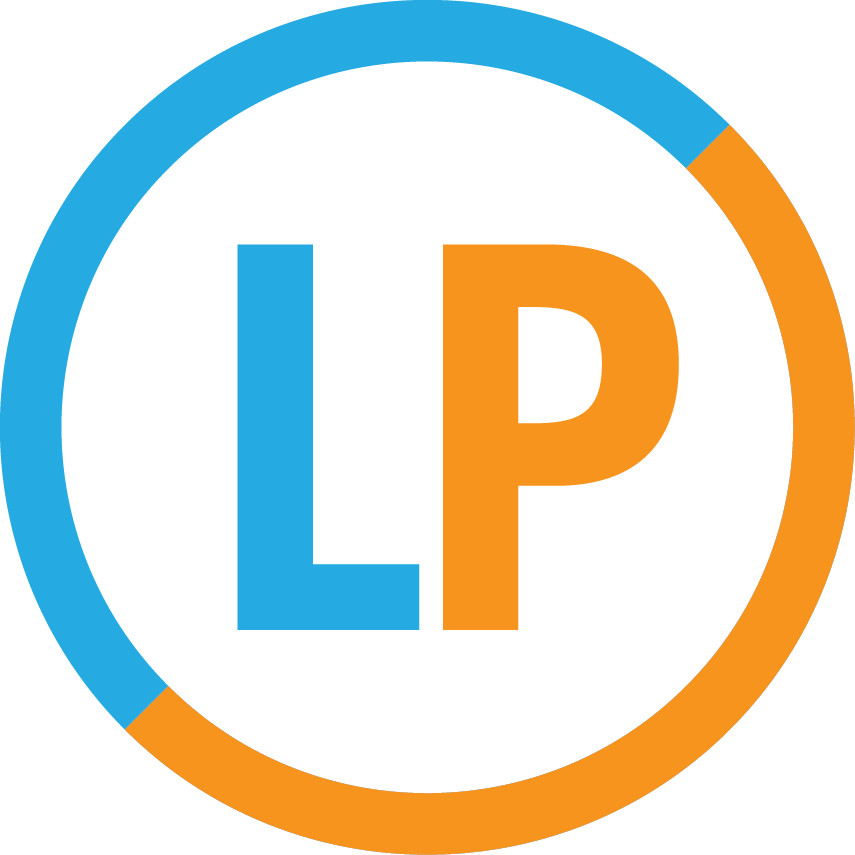This article was originally featured in The Huffington Post.
Design can be the unsung hero of a company (especially during its nascent stage), so it’s important to invest the proper energy and resources into making the look and feel consistent, from the logo to the workspace. Through trial and error, our company has had some great design wins (and a few losses) that have cost us time and money.
When a small business is starting to take off, resources are often limited. And as an entrepreneur, you will be forced to make many quick decisions, and possibly concessions. Your design shouldn’t be one of them. Here are some tips for taking your look and feel to the next level:
Choose Designers You Love
Resist the urge to rush when hiring a designer. Just because a friend or relative knows how to build a CMS website and work in Photoshop doesn’t mean they are necessarily the right person to create your logo and website. Take the time to review portfolios, scour freelance websites and poll your team. If you don’t, you run the risk of having to either redo the work with someone else, or even worse, find yourself stuck for years with a weak look and feel that you will have to invest in redoing later.
When I hire anyone, from videographer to architect, I review their past work so I’m assured that they are truly listening to my needs. Have a conversation about your company, what it means to you, who your customers are, and what emotional reaction someone should have when they first see your brand. Take the time to put together some examples of other designs that you feel are a good match for the direction in which you want your project to go.
Invest in 3D Architectural Renderings for Your Office or Retail Space
When building out a space, not only should you invest in a designer you love, but you should also invest in creating 3D architectural models of the design. Software such as Google SketchUp allows you to create rich 3D renderings complete with furniture, providing you with a virtual walk-through of your space without banging a nail. This can cost a few thousand dollars, but there’s nothing worse than regretting layout and design decisions once they are permanent.
When we build out our spaces, we always account for 3D renderings in our budget so that we know exactly what it will look like — right down to the placement of the chairs. This is especially true when it comes to custom, built-in furniture. Make sure the job includes the raw files from your renderings so that you can reuse them on future projects, whether you want to alter your current space or open a new location.
Look Before You Buy
When possible, go to a store to see examples of furniture in person. The speed and savings that online shopping provides have made e-commerce a game changer, but overall quality and feel of furniture is particularly hard to understand online. It’s not enough to just simply put the furniture into a CAD drawing and select it because it fits. Additionally, if you have to purchase something sight unseen, then try to do so with a vendor that will take it back at no cost if it isn’t the right fit. You could also hire an interior designer you trust. Even with the added cost, you will likely pay a similar price in the long run, as many designers have access to discounts that they will pass along.
Trust Your Instinct
You don’t have to have a fine arts degree to know what you do and do not like. Malcolm Gladwell’s Blink concept certainly applies: If your first impression is not a good one, then move on. Don’t let a designer tell you what you should like. If you aren’t convinced from first sight, then how can you expect others to be? As consumers, we are inundated with advertising and marketing. Your prospective customers won’t spend much time reformulating their first impression. In the long run, making a concession on your taste will only frustrate you and the designer, costing you both money, time and aggravation.
Every job is different. A restaurateur designing an eatery will have a different set of needs than that of a tech startup. However, it’s always important to start your projects by prioritizing what matters most — and to whom it matters most. Create a budget and be sure to allocate the money and time to do it correctly.

